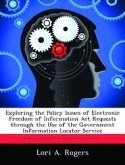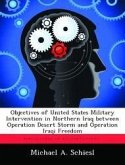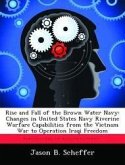FM-1 describes the Global War on Terrorism as "the first severe test of the all-volunteer Army." OPTEMPOs remain high and, in FY2005, all U.S. Army components failed to achieve their recruiting goals. Discussion of reinstating the draft has come to the forefront again. Conscription was used to man the U.S. Army during all major conflicts from the Revolutionary War through the Vietnam Conflict. The draft was sustained through the Cold War to provide manpower for the peacetime Army committed to supporting the Truman Doctrine. The draft remained popular with the American public until the Vietnam Conflict. As the Vietnam Conflict dragged on, the draft became a target of partisan politics and antiwar protests. Richard Nixon won public support and the Presidency on his platform of discontinuing the draft. Shortly after his election, he formed the Gates Commission, whose purpose was to eliminate conscription. This thesis uses the Gates Commission report as a framework to analyze FY2005 data and formulates a conclusion on the utility and feasibility of a conscripted force. This thesis concludes that the draft is a reliable and predictable means of providing manpower for the Army, but is infeasible due to an increasing population and a shrinking Army.
Hinweis: Dieser Artikel kann nur an eine deutsche Lieferadresse ausgeliefert werden.
Hinweis: Dieser Artikel kann nur an eine deutsche Lieferadresse ausgeliefert werden.







![The Right Track [microform]: Compulsory Education in the Province of Quebec The Right Track [microform]: Compulsory Education in the Province of Quebec](https://bilder.buecher.de/produkte/65/65550/65550922m.jpg)
